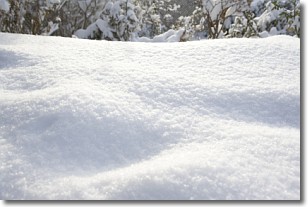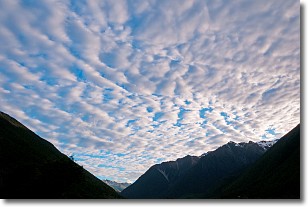Weather Alert in North Carolina
Beach Hazards Statement issued June 9 at 3:24AM EDT until June 9 at 8:00PM EDT by NWS Wilmington NC
AREAS AFFECTED: Coastal Pender; Coastal New Hanover; Coastal Horry; Coastal Georgetown
DESCRIPTION: * WHAT...Strong north to south longshore current. There is also a moderate risk of Rip Currents for the beaches of Pender and Horry counties. * WHERE...In North Carolina, Coastal Pender and Coastal New Hanover Counties. In South Carolina, Coastal Horry and Coastal Georgetown Counties. * WHEN...Through this evening. * IMPACTS...Longshore currents can sweep swimmers and surfers into rip currents, piers, jetties, and other hazardous areas. It may sweep swimmers off their feet, making it difficult to return to shore.
INSTRUCTION: Caution should be used when in or near the water. Check with lifeguards before entering the ocean for possible hazards you may be swept into.
Want more detail? Get the Complete 7 Day and Night Detailed Forecast!
Current U.S. National Radar--Current
The Current National Weather Radar is shown below with a UTC Time (subtract 5 hours from UTC to get Eastern Time).

National Weather Forecast--Current
The Current National Weather Forecast and National Weather Map are shown below.

National Weather Forecast for Tomorrow
Tomorrow National Weather Forecast and Tomorrow National Weather Map are show below.

North America Water Vapor (Moisture)
This map shows recent moisture content over North America. Bright and colored areas show high moisture (ie, clouds); brown indicates very little moisture present; black indicates no moisture.

Weather Topic: What is Snow?
Home - Education - Precipitation - Snow
 Next Topic: Stratocumulus Clouds
Next Topic: Stratocumulus Clouds
Snow is precipitation taking the form of ice crystals. Each ice crystal, or snowflake,
has unique characteristics, but all of them grow in a hexagonal structure.
Snowfall can last for sustained periods of time and result in significant buildup
of snow on the ground.
On the earth's surface, snow starts out light and powdery, but as it begins to melt
it tends to become more granular, producing small bits of ice which have the consistency of
sand. After several cycles of melting and freezing, snow can become very dense
and ice-like, commonly known as snow pack.
Next Topic: Stratocumulus Clouds
Weather Topic: What are Stratus Clouds?
Home - Education - Cloud Types - Stratus Clouds
 Next Topic: Wall Clouds
Next Topic: Wall Clouds
Stratus clouds are similar to altostratus clouds, but form at a
lower altitude and are identified by their fog-like appearance, lacking the
distinguishing features of most clouds.
Stratus clouds are wider than most clouds, and their base has a smooth, uniform
look which is lighter in color than a nimbostratus cloud.
The presence of a stratus cloud indicates the possibility of minor precipitation,
such as drizzle, but heavier precipitation does not typically arrive in the form
of a stratus cloud.
Next Topic: Wall Clouds
Current conditions powered by WeatherAPI.com




